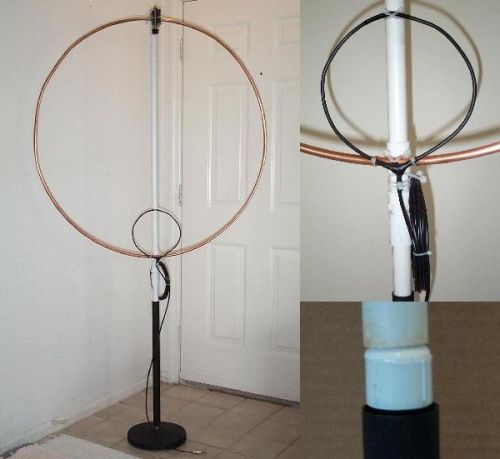Dave Benson
K1SWL has produced some wonderful
Small Wonder Lab kits over the years including the famous RockMite transceivers, but he has decided to slow down a bit and get back to enjoying the hobby as a hobby. I think we don't realise just how much work is involved in a small ham radio company producing
and supporting a range of kits. Dave's point about technical support and repairs rings bells with me: I get around 5-10 questions a week from people interested in my website projects and I am not even selling kits!
This was the notice on his website last week:
"Folks-
I took a ‘leap
of faith’ in 1996, leaving the corporate world to undertake ‘Small Wonder Labs’
as a full-time venture. Since then, it’s
been a great experience. I have to face facts, though: I’m getting older. The shortcomings in
vision can be overcome with close-up glasses. More troublesome, though, are the
muscular issues from spending hours a day at the computer, or with my head
down, sorting parts into bowls.
Over
the years, I’ve assisted countless customers with no-questions-asked
replacement parts and troubleshooting advice. The issue of repairs has been
problematic, though. While no one really
objects to paying $50/hour to have a $1000 rig repaired, that’s not true of a
$50-100 kit. I’ve had some good people doing repair work for me, but it’s just
not economically viable. Neither can I do the work in a timely manner. Therefore,
and effectively immediately, I will not be accepting returns for troubleshooting/repair.
It’s not
clear to me at this point if I’ll release any additional product offerings.
Although I love the creative process involved in a new design, everything that
follows is now just ‘work’. Along the
way, I lost the ‘hobby’ aspect of ham radio. I have not been on the air in
almost 5 years. I want my hobby back!
I’ve finished
our home here in the woods of New Hampshire, and it’s time for me to move on to
other interests. I’ve still got a garage/barn
to build, a garden that grows larger each year, and a wealth of outdoor
activities I can’t seem to find the time for. Retirement is clearly not for the
faint-of-heart!
I’ll continue
to sell RockMites forever, apparently. Demand is still brisk, with more than 8000 of
them out there so far. Ongoing activity for the RockMite
as well as support for ‘legacy’ kits occupies me for 2-3 hours each day. At this stage of my life, that’s ‘enough’.
73- Dave
Benson, K1SWL
19 November
2012"






